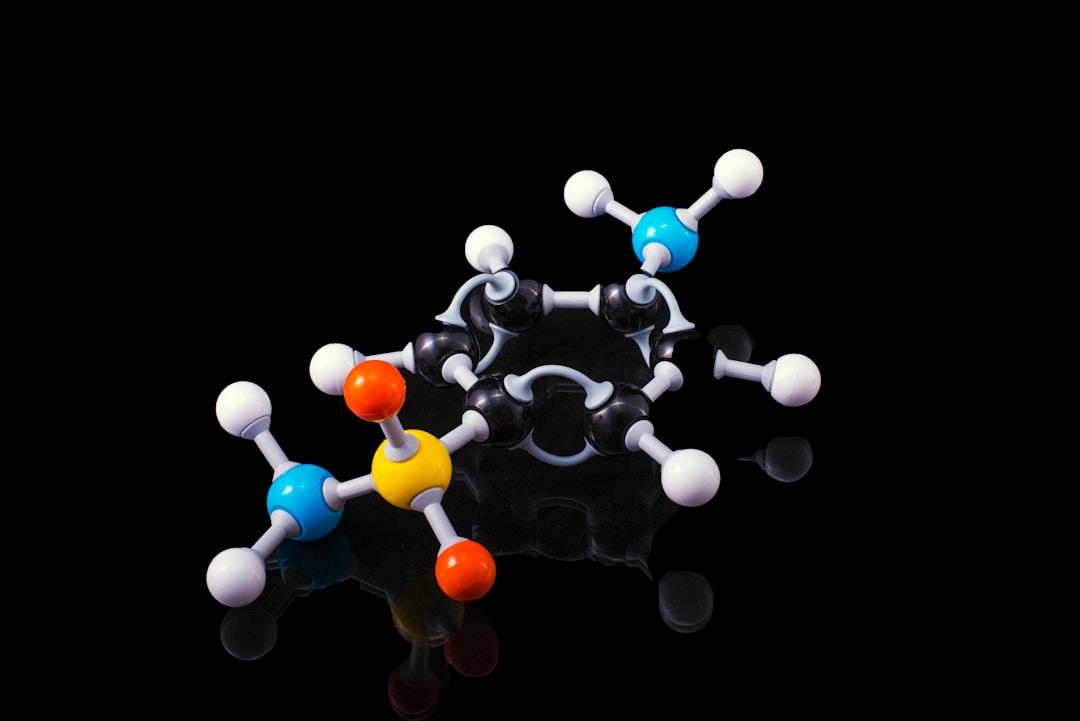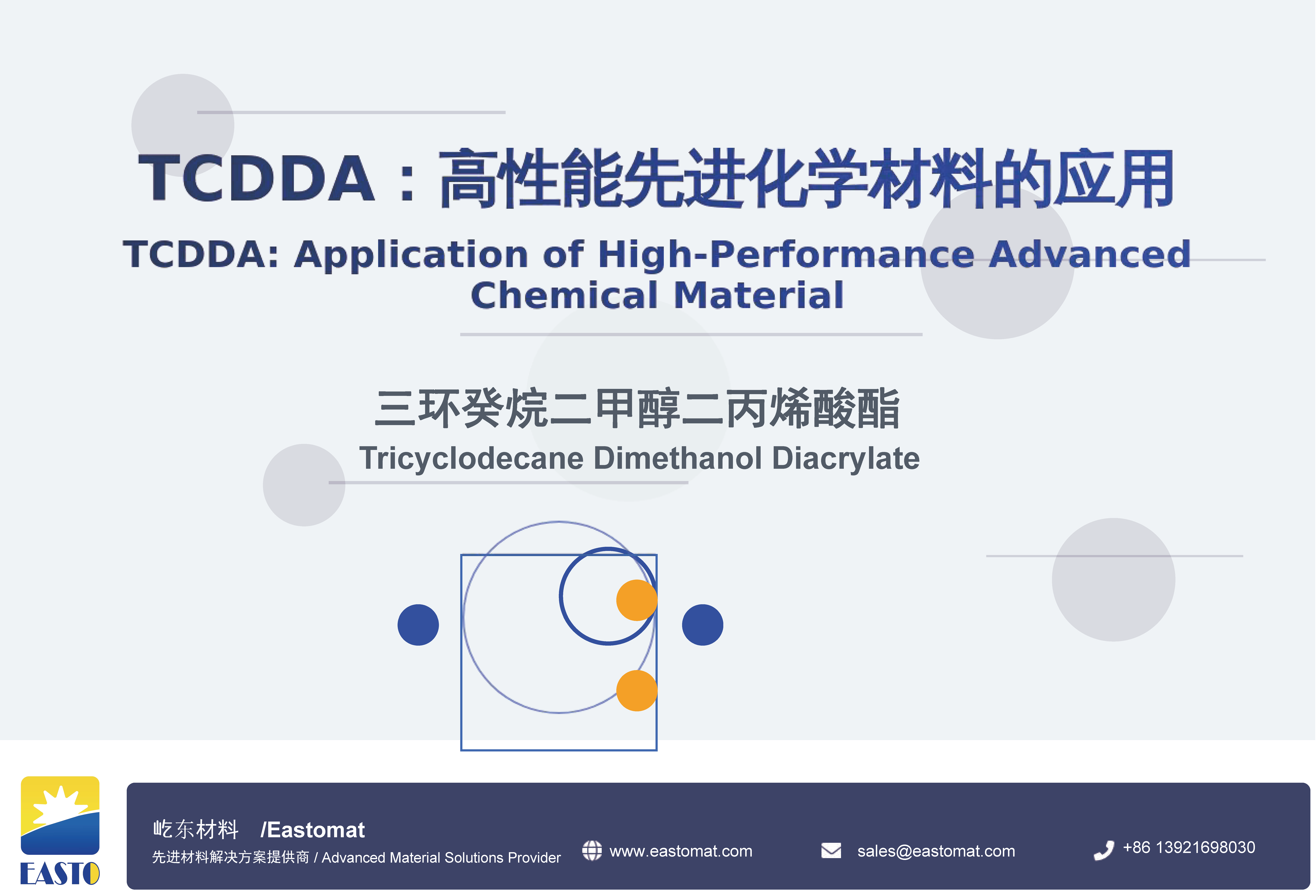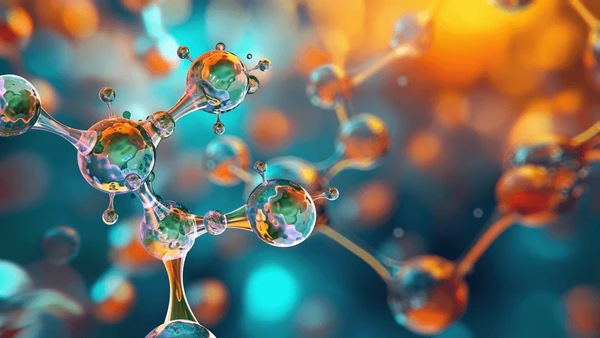Decoding the "R" Magic of (Meth)acrylates
Release time:
2025-06-12
In the modern chemical industry, (meth)acrylate monomers are widely used in coatings, inks, adhesives, 3D printing, and biomedical fields due to their unique molecular structures. The key to the performance of these materials lies in the "R group" within their molecular structure. Differences in the structure, type, and functional groups of the R group directly determine the performance characteristics of the final polymer material. This article will explore how different R group structures precisely regulate material performance.
The general structure of (meth)acrylate monomers is CH2=CR’-COO-R, where R’ is H or CH3 (corresponding to acrylates and methacrylates, respectively), and the R group is attached to the oxygen atom of the ester group. By controlling the chemical composition of the R group, key properties such as curing speed, adhesion, weatherability, hardness, and scratch resistance can be regulated.
I. Aliphatic R Groups: Chain Length Determines Flexibility When the R group is an aliphatic chain (alkyl) of different lengths, the physical properties of the material, such as glass transition temperature (Tg) and flexibility, change significantly. Short-chain alkyl groups (e.g., methyl, ethyl) typically impart higher Tg and hardness to the polymer. As the alkyl chain length increases, for example with butyl acrylate (BA) or 2-ethylhexyl acrylate (2-EHA), the Tg decreases, material flexibility increases, but hardness and solvent resistance decrease.
II. Cyclic Alkyl R Groups: Enhancing Hardness and Heat Resistance When the R group is a cyclic alkyl structure, such as isobornyl acrylate (IBOA), its rigid cyclic structure can significantly increase the polymer's Tg, hardness, heat resistance, and chemical resistance, while maintaining low viscosity. This is suitable for coatings requiring high hardness and wear resistance. The cyclic structure restricts the rotation and movement of molecular chains, giving the material better dimensional stability and anti-deformation capabilities.
III. Hydroxyl-Containing R Groups: Enhancing Adhesion The introduction of a hydroxyl group (-OH) into the R group, such as in hydroxyethyl acrylate (HEA) or hydroxyethyl methacrylate (HEMA), enhances the material's polarity and improves adhesion to polar substrates (such as metals and glass). The hydroxyl group, as an active functional group, can participate in subsequent cross-linking reactions, such as reacting with isocyanates to prepare polyurethane coatings, making hydroxyl-containing (meth)acrylates important components of two-component and thermosetting coatings. Such monomers can also increase the material's hydrophilicity and improve pigment wetting.
IV. Epoxy-Containing R Groups: Achieving Efficient Cross-linking When the R group contains an epoxy group, such as glycidyl methacrylate (GMA), it facilitates subsequent modification of the material. Epoxy groups have high reactivity and can undergo ring-opening reactions with amines, anhydrides, phenols, and carboxyl groups to form a cross-linked network.
V. Aromatic Ring R Groups: Increasing Hardness and Refractive Index The introduction of an aromatic ring structure into the R group, such as benzyl acrylate (BzA) or 2-phenoxyethyl acrylate (PHEA), imparts higher Tg, hardness, and heat resistance to the polymer. This stems from the rigid structure of the aromatic ring restricting molecular chain movement. Monomers containing benzene rings usually have a higher refractive index, which is beneficial for preparing optical materials or improving coating gloss. However, aromatic rings may lead to reduced yellowing resistance of the material, especially under UV irradiation.
VI. Fluorine-Containing R Groups: Optimizing Surface Properties When fluorine atoms or fluorine-containing alkyl chains are introduced into the R group, such as perfluoroalkyl ethyl (meth)acrylate, the surface properties of the polymer change significantly. Fluorine-containing monomers impart excellent hydrophobicity, oleophobicity, low friction coefficient, weatherability, and chemical resistance to the material. These properties make them important for applications in antifouling coatings, surface treatment agents, and optical films. The length of the fluorocarbon chain significantly affects the final performance, with longer fluorocarbon chains usually providing superior surface properties.
VII. Ether-Containing R Groups: Increasing Flexibility and Reducing Viscosity When the R group is an ether structure, such as ethoxyethoxyethyl acrylate (EOEOEA), the introduction of an ether bond provides excellent flexibility to the side chain. This flexibility not only reduces the polymer's glass transition temperature (Tg), allowing it to maintain good flexibility and elasticity at lower temperatures, but also improves the mobility of polymer chain segments, thereby affecting its rheological properties and film-forming properties. At the same time, ether bonds can reduce the viscosity of monomers and polymers, which is of great significance in applications such as coatings and adhesives, improving construction performance and reducing the use of solvents.
VIII. Other Special R Groups: Achieving Functional Customization R groups can also include cyano groups (e.g., ethyl cyanoacrylate, used in instant adhesives), amino groups (improving adhesion), and siloxane groups (imparting low surface energy and temperature resistance). The introduction of each functional group opens new avenues for customizing material performance.
IX. Comparison of Advantages and Disadvantages of Different R Group Properties
R Group Type | Advantages | Limitations |
Aliphatic Alkyl | Good flexibility, low cost | Poor hardness and solvent resistance |
Cyclic Alkyl | High hardness, good heat resistance, low viscosity | High cost, poor flexibility |
Hydroxyl-containing | Good adhesion, cross-linkable | High water absorption, poor water resistance |
Epoxy-containing | Strong cross-linking ability, high hardness | High reactivity, poor storage stability |
Aromatic Ring | High hardness, high refractive index | Easy yellowing, poor UV stability |
Fluorine-containing | Hydrophobic and oleophobic, good chemical resistance | High cost, poor compatibility |
Ether-containing | Good flexibility, low viscosity, good compatibility | Reduced chemical resistance, poor mechanical strength |
The R group in (meth)acrylate monomers is crucial in determining polymer performance. Through the design and selection of R groups, materials with specific functions can be constructed to meet various needs, from daily consumer goods to cutting-edge technology. Easmer products from Eastomat offer a comprehensive range of (meth)acrylate monomers, oligomers, and specialty products, widely used across multiple industries. With technological advancements, the understanding of the relationship between R group structure and performance will deepen, promoting the development of new (meth)acrylate materials.
R GROUP
Previous Page
Previous Page
Latest News
Get a Free Consultancy
NANTONG EASTO MATERIALS TECHNOLOGY CO.,LTD.

No.118,Zhujiang Rd.,Juegang St.,Rudong County,
Nantong City,Jiangsu Province,226400,China




 2025-06-12
2025-06-12






